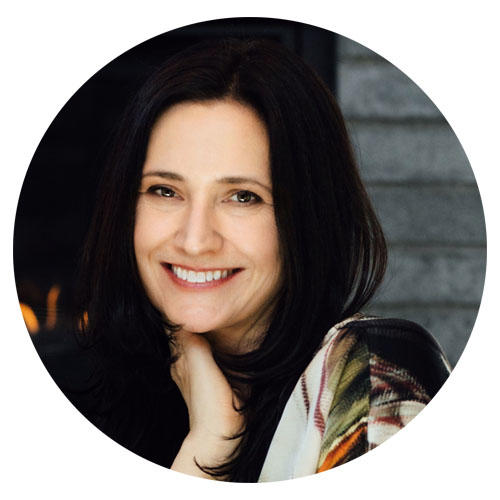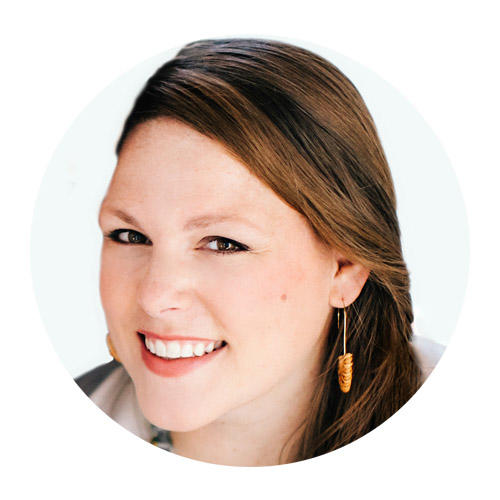For every dream client who trusts you to do your thing, there’s another client who drives you a little crazy. We asked seven designers—Matthew Monroe Bees, Bailey Austin Bird, Katie Davis, Ashley Evans, Emily Finch, Stephanie Waddell and Sybille Zimmermann—about their client pet peeves.
Shop talk

“One pet peeve I have is when a client thinks they want to go with you to showrooms because it will be so ‘fun’ and they want to help with selections. Even after I explain that I preselect all of the items based on our discussions, have check-in meetings so they know the design direction, do a presentation with options so they can choose, and most importantly [emphasize] that this process saves a lot of time for us both—a few people still insist on coming along. So, occasionally I have given in. Inevitably it is not as dreamy as they think it will be. Generally, they get so overwhelmed and tired by noon, and I’m like, ‘We’ve got a whole day ahead of us, friend! We have to get moving!’ At some point they realize what I’ve been saying all along is true—this is why you hired a professional who can do this quicker and doesn’t get sidetracked by the vast amount of beautiful options (OK, usually doesn’t get sidetracked). I have a vision for the home now that we have had so many great conversations, so let me get to work. One positive aspect, however, is that they end up appreciating the process more since they have experienced it firsthand.” —Ashley Evans, Ash Lane Design, Milwaukee
Flip or flop

“Over the years, I’ve adjusted my processes to remedy most pain points as they’ve come up, but one thing I can’t fully escape is client indecision. Some clients sign off on what we present to them right then and there, which is amazing! But every once in a while I get one who wavers. They usually love it at first, and then a friend or Pinterest-browsing gets to them and the doubt comes rolling in. I’m always happy to explore other options, but they invariably circle back to what we originally presented, and it would be so much more efficient if they trusted their gut and my eye from the beginning!” —Emily Finch, Emily Finch Interior Design, San Francisco
Pin there, done that

“I struggle with clients who spend too much time on Pinterest and Houzz after the design process has already begun. Both sites are great tools for initially gathering inspiration and defining the general look and feel of a space at the start of a project. But many clients become fixated on these sites, sending image after image with new ideas late into the night, ultimately diluting the original vision for the project. Additionally, there is often a large disconnect between a client’s understanding of how much a particular space they are looking at online actually costs compared to their own budget. My hope is that clients vet me from the start and trust my ability to design something original, beautiful and within budget.” —Stephanie Waddell, Istoria Interior Design, Boulder, Colorado
Patience is a virtue

“If I’m undergoing a major remodel, I prefer that my clients refrain from stopping by the construction site on a daily basis, in order to give the project a little space. Interior design can be a slow, emotional process, and it isn’t the prettiest sight during construction, so I try to keep the line of communication open and remind clients that everything will be handled with care.” —Sybille Zimmermann, Studio Zimmermann, Los Angeles
Social distortion

“With so much information at our clients’ fingertips, one of our pet peeves is when they keep searching for inspiration on social media after a design plan has already been decided upon. Sometimes too many options or too much exposure can create preconceived ideas that are harder for us to break through when creating a new design concept. While [platforms like Instagram] can provide so much inspiration, they can also trigger comparisons and cause clients to doubt the process, leading to more stress in the long run. Sometimes I almost wish we could block social media accounts until the project installation is complete.” —Katie Davis, Katie Davis Design, Houston
A numbers game

“Small, unrealistic budgets are always difficult to combat, and if a client can’t come to the table with a number in mind, I usually walk away from the project. Money needs to be a subject that can be discussed without stigma. It also really irks me when a client hires us to design and then we realize they already had a design in mind and wanted us to validate their feelings. It can be a frustrating process trying to guess what they want, and both parties feel disappointed.” —Bailey Austin Bird, Bailey Austin Design, Tulsa, Oklahoma
Communication breakdown

“I think communication (or lack thereof) is the biggest annoyance I run into with clients. They’ll go off on their own in a completely different direction than what we discussed. I usually find out later and have to steer the ship straight. There’s so much information available online now and they see something and think, Oh, I can do that—and before you know it, money has been spent and none of it has been discussed with me. I love incorporating things that my clients love into my designs, but communication is key to a successful process.” —Matthew Monroe Bees, Matthew Monroe Bees Interior Decoration, Charleston, South Carolina
Homepage photo: A project by Bailey Austin Bird; photo by Emily Redfield




























